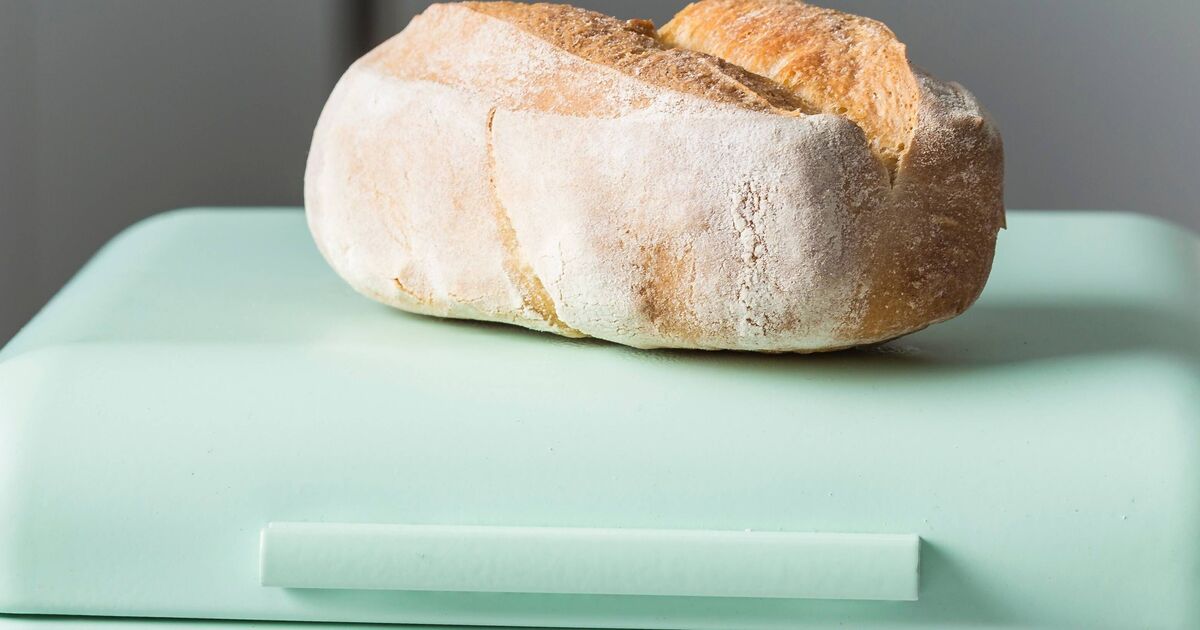Bread pairs brilliantly with practically anything, offering endless possibilities for home cooking. Yet, according to Love Food Hate Waste, it is one of the top 10 binned foods in the UK. Polishing off an entire loaf before it turns mouldy can prove challenging for many households, but all too often, stale and green-spotted slices end up in the rubbish bin, purely due to improper storage methods.
Thankfully for bread enthusiasts, an obscure food storage trick can preserve bread’s freshness for weeks instead of mere days. The Wheeldon Brothers note that all it takes is a simple change to your food storage habits. The waste reduction specialists have encouraged people to abandon bread bins and, rather surprisingly, retain bread in its original wrapping – with some minor modifications.
A spokesperson for Wheeldon Brothers said: “But by making a few simple adjustments, like controlling moisture and temperature, you can extend its life and reduce the amount that ends up in the bin.”
Pre-sliced loaves prove the most common offenders for maintaining freshness surprisingly well before suddenly developing mould.
Meanwhile, whole bakery loaves, such as sourdough, tend to become stale within hours of being cut.
For bread bought in a bag, the Wheeldon Brothers recommend inserting a stick of crisp celery.
“This lesser-known method could extend the shelf life of a loaf by up to a week”, they said.
Waste experts have revealed that celery can be bread’s best friend. It emits moisture that keeps the loaf from becoming dry without promoting mould growth.
Storing bread in the fridge with celery sticks can help maintain its softness due to the cool conditions.
However, they advise against using completely airtight packaging for bread storage. The Wheeldon Brothers recommend poking small holes in bread bags instead.
This hack, which has gained traction online, involves making tiny incisions in the bag to let moisture out, thus preventing condensation and mould.
“Moisture trapped in a sealed bag creates the perfect environment for mould to grow,” the experts observed. They added: “Making a few small holes helps reduce that risk – just be careful not to overdo it, or the bread will dry out too quickly.”
Bread bags, such as those fashioned from cheesecloth, should have tiny perforations to facilitate air circulation within the packaging. Alternatively, bread can be refrigerated in an airtight container to preserve freshness.
The experts clarified that an airtight container provides a defence against external moisture and fridge smells. “A sealed container adds an extra barrier against external moisture and fridge odours,” the spokesperson remarked.
“Keeping the bread in its original bag and placing it inside a container with a tight-fitting lid is a great way to keep it fresher for longer.”

